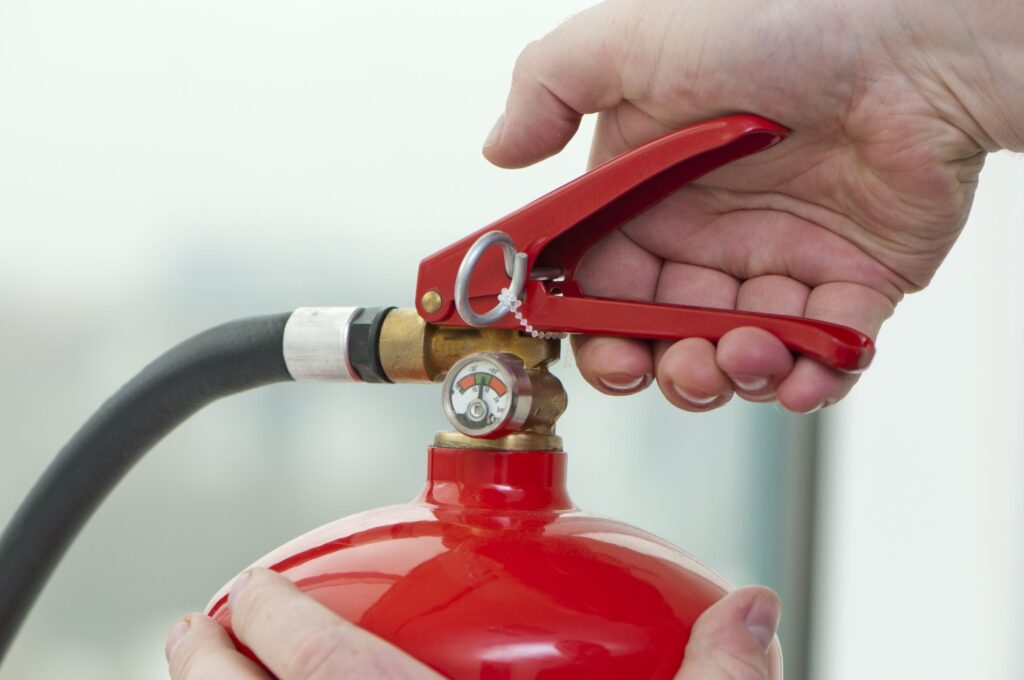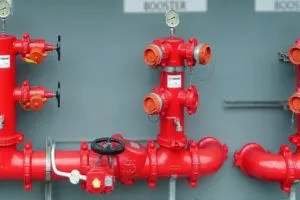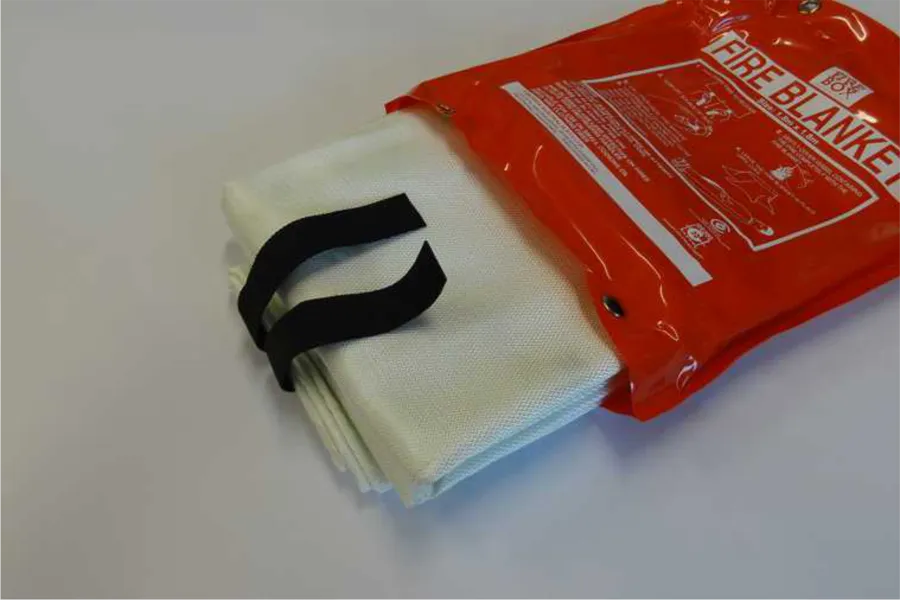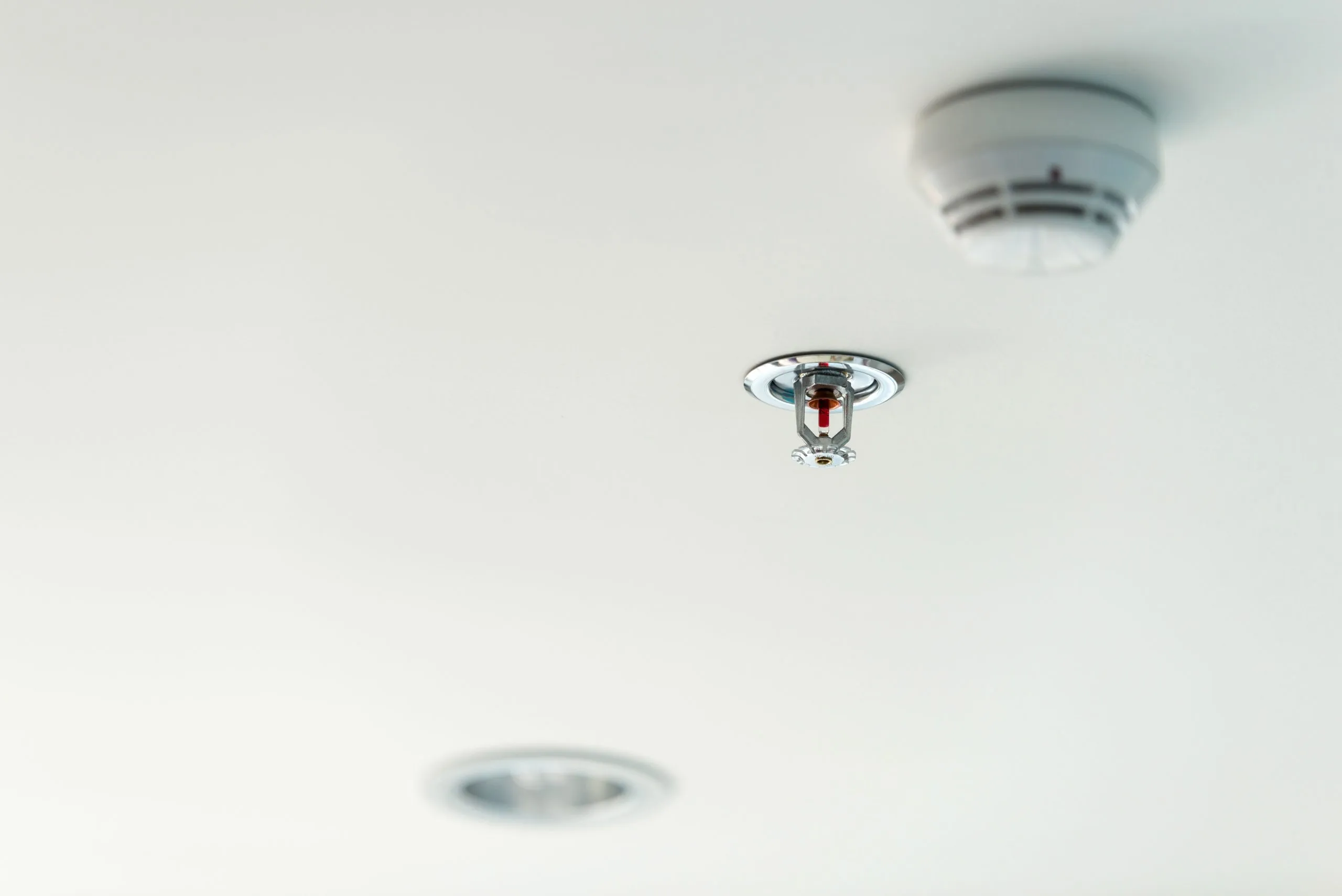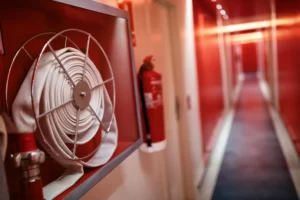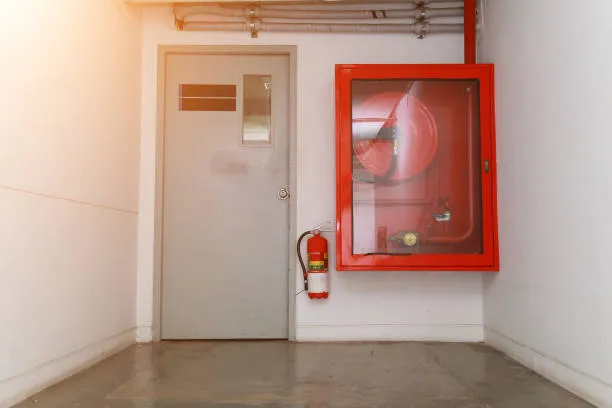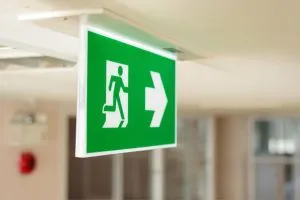EXIT AND EMERGENCY LIGHTING
Emergency and Exit lighting is a critical aspect in protecting life in the event of a fire or emergency. Emergency and Exit lighting provide illuminated paths of egress from the building to nominated exits and emergency assembly areas, all lighting used in your property must adhere to AS-2293.2.
Exit lighting, which is essential for directing people towards the exit, must bear the emergency escape light fitting identification symbol and direction arrow. Emergency and Exit lights are designed to function without power and are tested by disconnecting the power supply for ninety (90) minutes.
Emergency lighting testing is required by law every 6 months to ensure the system is fault-free.
It is critical for building occupant safety that emergency and exit lighting is tested and that remedial work is carried out to ensure that the lighting remains functional.
Spartan Fire supply, install and test all emergency evacuation lighting systems according to the three relevant Australian Standards.
An Emergency Lighting Systems Meets Australian Standards If:
Emergency lighting systems in Australia will only meet the required standard if they have all the required components, in reliable working order.
What does this mean for you as a building owner or tenant?
Maintaining a safe and compliant emergency lighting system requires an accredited installer and service provider to check all the technical components are functioning and reliable as per the details of the relevant Australian Standards.
There are 3 Australian Standards for emergency lighting systems:
Part 1: System design, installation and operation
Part 2: Inspection and maintenance
Part 3: Emergency luminaires and exit signs
A compliant system requires the following:
- Separated lighting circuit to ensure evacuation lights work in a power outage
- Timed test facility where the lights pass a 90-minute illumination test
- An adequate amountof exit and emergency lights, which will depend on the evacuation route, exit locations and maximum occupancy
Exit lights must be installed on all doors that allow for direct exits, showing all stairways, passageways or ramps to all levels and out of the building.
Emergency lighting systems must also be visible above fire-isolated stairways, ramps and passageways, regular passageways and hallways on the evacuation route. Australian Standards for emergency lighting may also require additional lighting depending on the specifics of your building.
- Separated lighting circuit to ensure evacuation lights work in a power outage
- Timed test facility where the lights pass a 90-minute illumination test
- An adequate amount of exit and emergency lights, which will depend on the evacuation route, exit locations and maximum occupancy
Exit lights must be installed on all doors that allow for direct exits, showing all stairways, passageways or ramps to all levels and out of the building.
Emergency lighting systems must also be visible above fire-isolated stairways, ramps and passageways, regular passageways and hallways on the evacuation route. Australian Standards for emergency lighting may also require additional lighting depending on the specifics of your building.
PRODUCTS AND MAINTENANCE
Spartan Fire specialises in design, supply, installation, service, maintenance and testing of all fire protection systems. Our areas of expertise include the following:
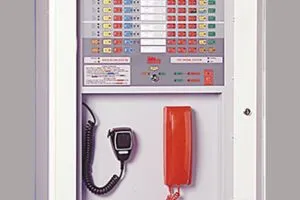
Fire Alarm & Smoke Detection
About Us
We are not restricted to working with a specific brand.
Spartan Fire is not limited to one brand. This means that we have the capability to operate and modify all existing models and types of fire detection systems in the delivery of our fire safety protection services.
EVACUATION AND TRAINING
Fire evacuation and training are important because they save lives, reduce property damage, and ensure legal compliance.

